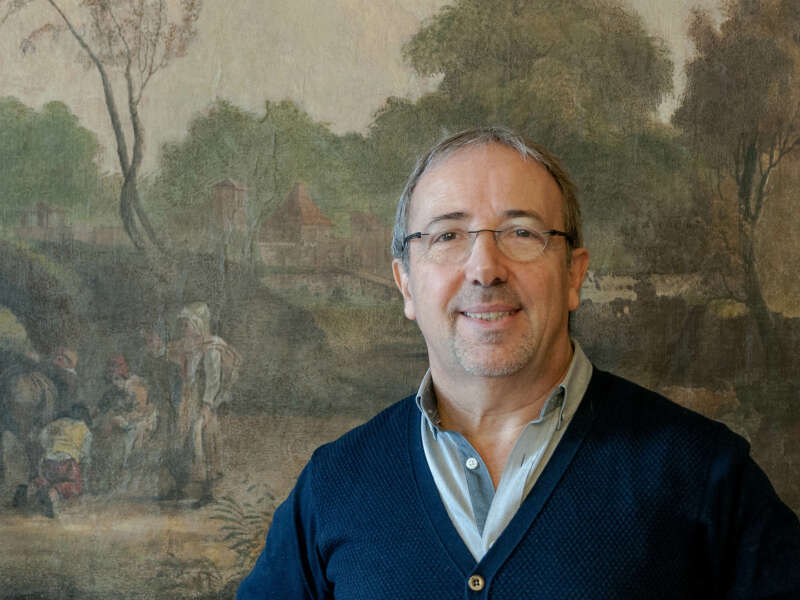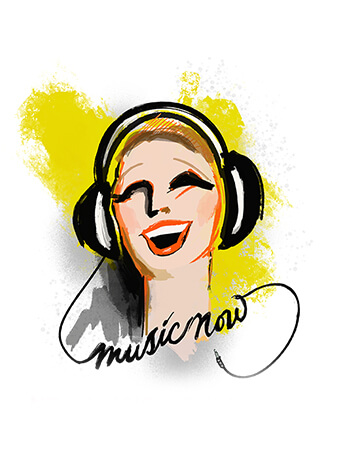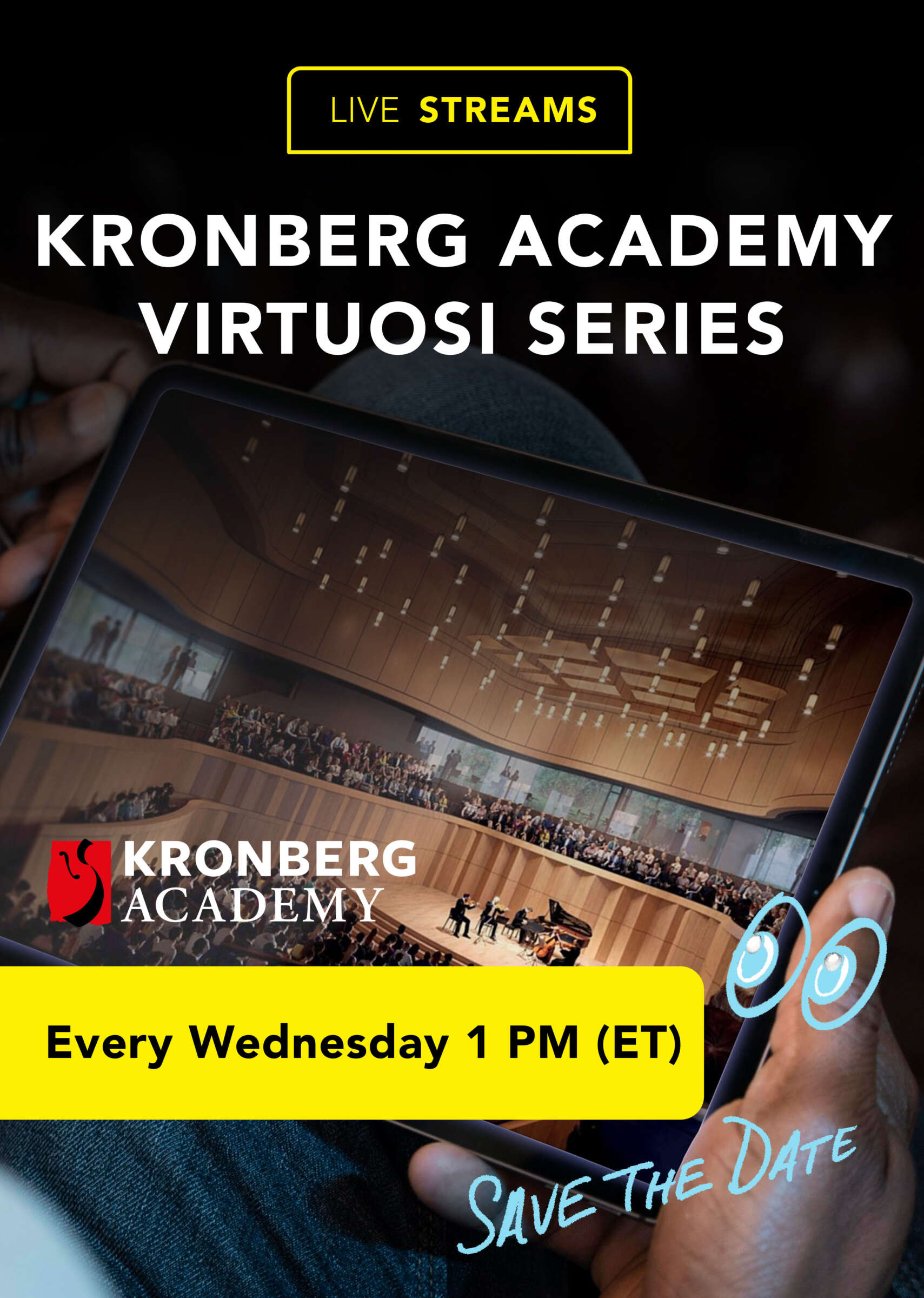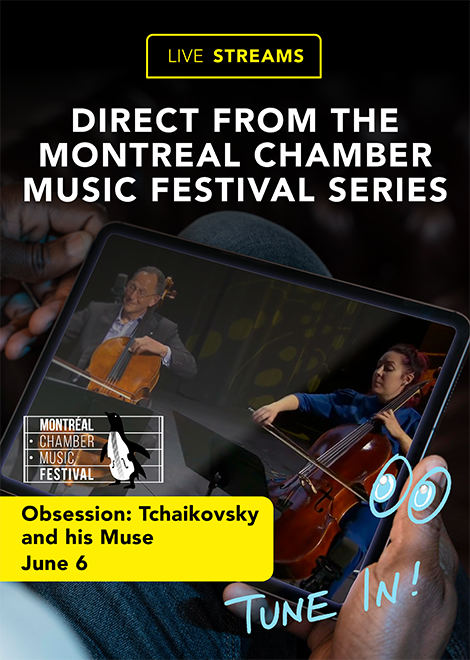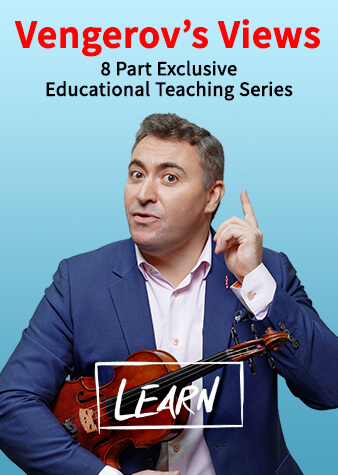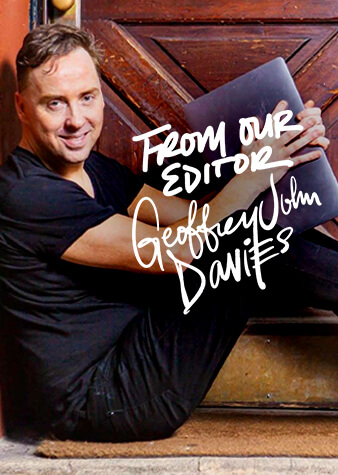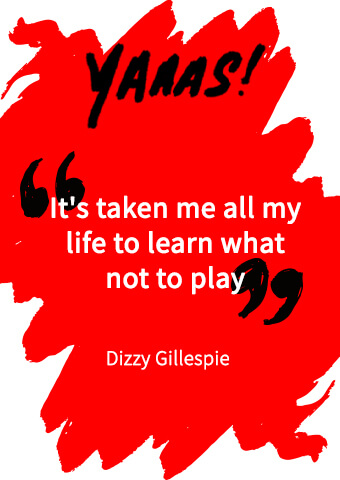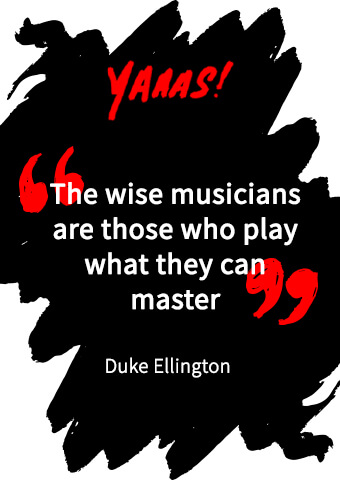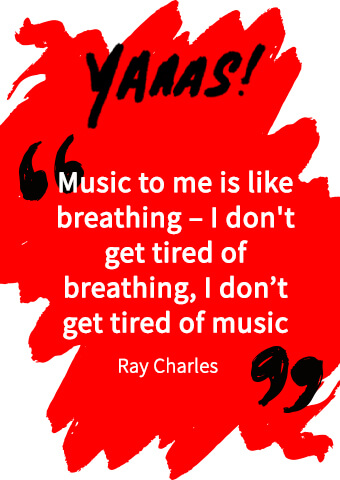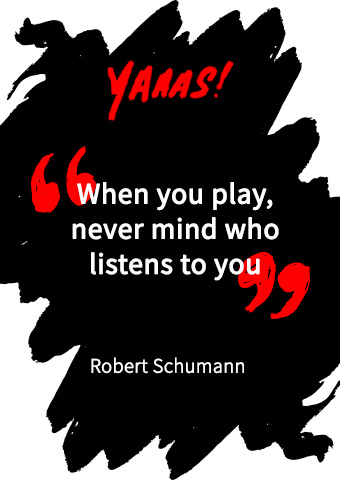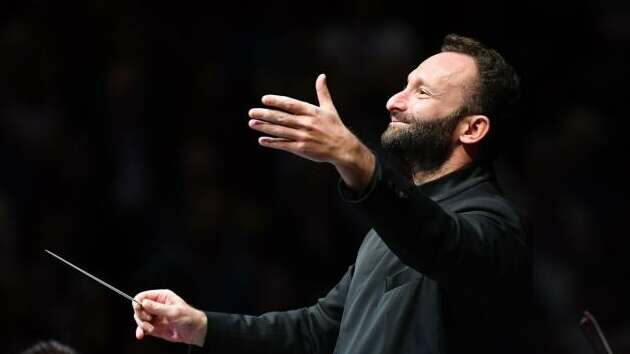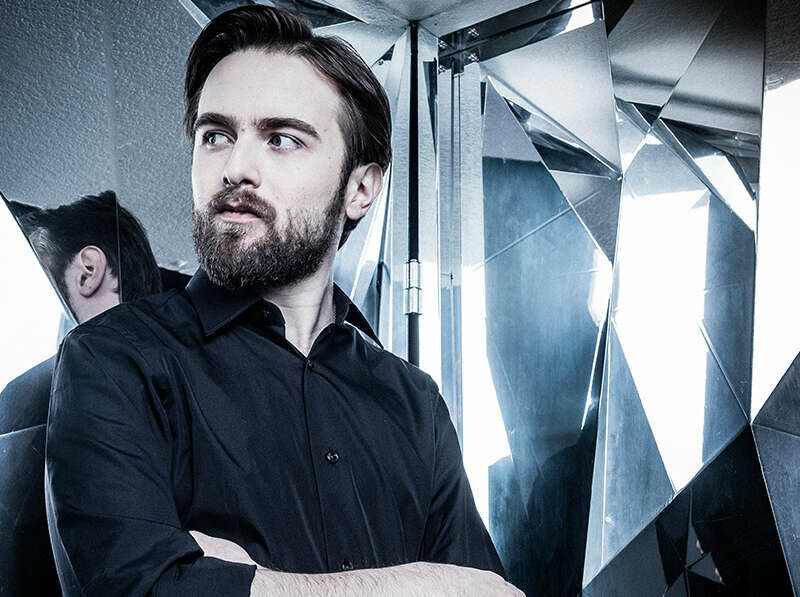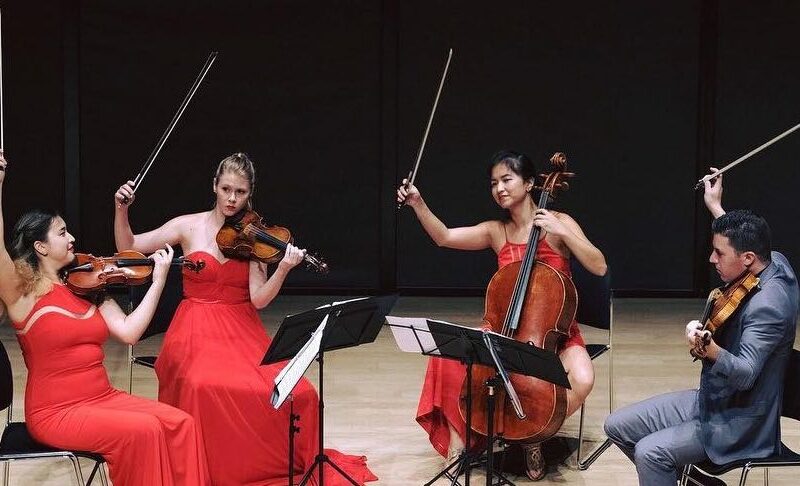VC WEB BLOG | Axel Strauss – ‘The Leipzig Bach Comp Comes Back to Me When I Play the Chaconne’ [BLOG]
1992 Bach International Violin Competition prize winner, Axel Strauss guest blogs about his time at the competition - and the opportunities the event has since presented
With the 2018 Bach International Violin Competition currently entering its final stage in Leipzig, Germany, VC recently caught up with a number of former prize winners, to get a better understanding of their time at the competition – and the opportunities the event has since presented.
In a VC-exclusive blog, German violinist and former prize winner Axel Strauss talks us through his 1992 experience:
"With the 21st edition of the Bach Competition in Leipzig in full swing, I am reminded of my own participation in the 9th competition back in 1992, the first edition after the fall of the Berlin wall and the German reunification.
I remember finding the long history of the Bach Competition endlessly fascinating.
The first edition took place in 1950, the year of the 200th anniversary of Bach’s death. Dmitri Shostakovich was president of the jury, and the event inspired him to compose his own Preludes and Fugues for solo piano, music that I find tremendously inspiring.
1950 was also the year when Bach’s remains were transferred to their current resting place in the St. Thomas church. Visiting Bach’s grave for the first time still stands out in my many memories of my trip to Leipzig. I remember being in awe and very moved looking at the simple large bronze plate with Bach’s name on it, covered with fresh flowers. To this day this image comes back to me when I play the Bach Chaconne, for example.
The competition took place in the magnificent old City Hall of Leipzig, where I remember being inspired by the beautiful acoustics and by the old paintings on the walls, giving a sense of being surrounded by the long and rich history of the city of Leipzig. The competition repertoire included a large portion of Bach’s violin works, including one of the violin concertos. For the rest of my program, I remember choosing works that were inspired by Bach, such as Ysaye’s second solo sonata and a Partita on the name BACH by Alfred Mendelssohn. I also chose the violin sonata by Felix Mendelssohn, who was instrumental in rediscovering Bach’s genius after it had fallen into a period of relative obscurity. As usual, I spent most time during the competition practicing and maintaining my mental focus, and I was honored to win the silver medal in the competition. Being a Bach prize winner led to a performance at the Konzerthaus in Berlin, and in the concert season after the competition, I was invited to perform the complete sonatas for violin and harpsichord by Bach at the Bose Haus in Leipzig, where the Bach Archives are located.
I was eighteen when I participated, and the Bach Competition was my second international one, after the Enescu Competition in Bucharest in 1991. As I have said in a previous article for the Violin Channel, I have always had a love-hate relationship with the idea of competitions, but I cannot deny that they have helped me in my career as a violinist in more ways than one. The fact that the Bach Competition is centered around the genius of Johann Sebastian Bach, made it a little less of a generic violin competition for me, and I am happy to see that it continues to thrive and evolve, now also being open to baroque violin and baroque cello.
I wish all participants in the current edition the best of luck and a rewarding experience!
-Axel"
may 2024
june 2024


